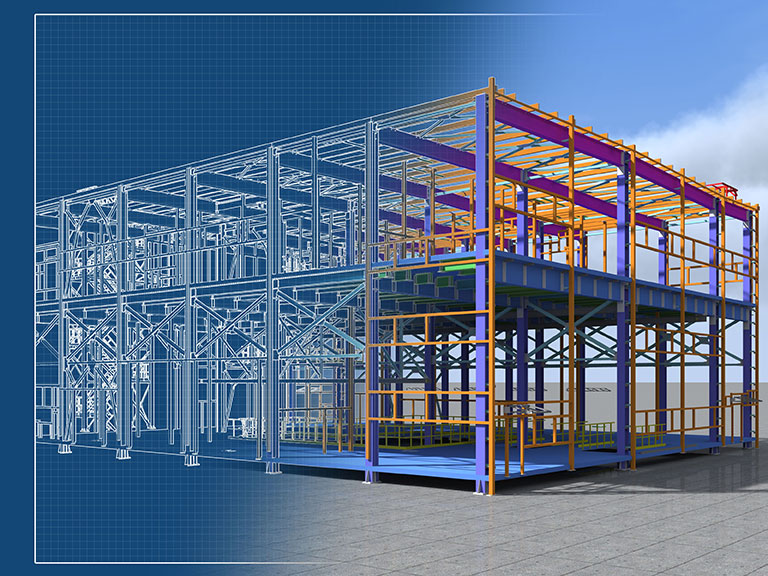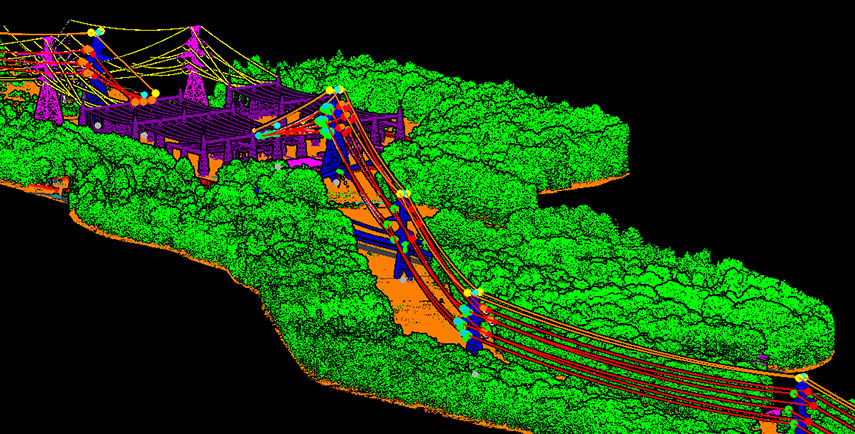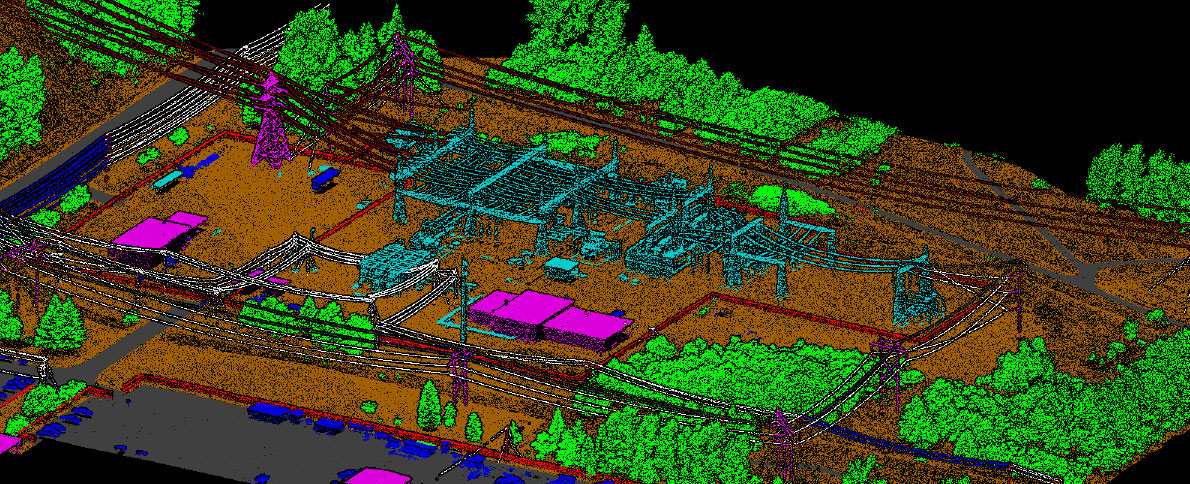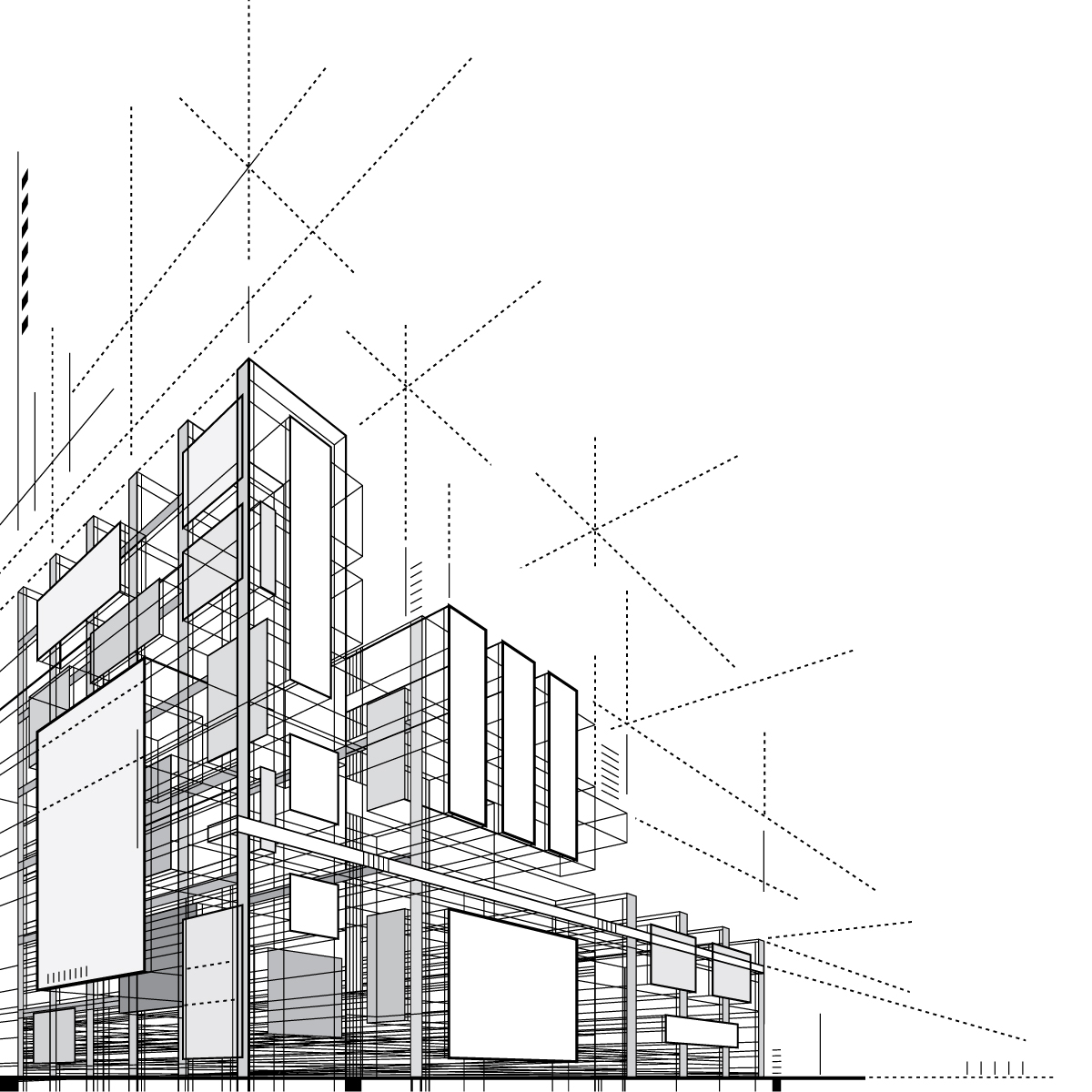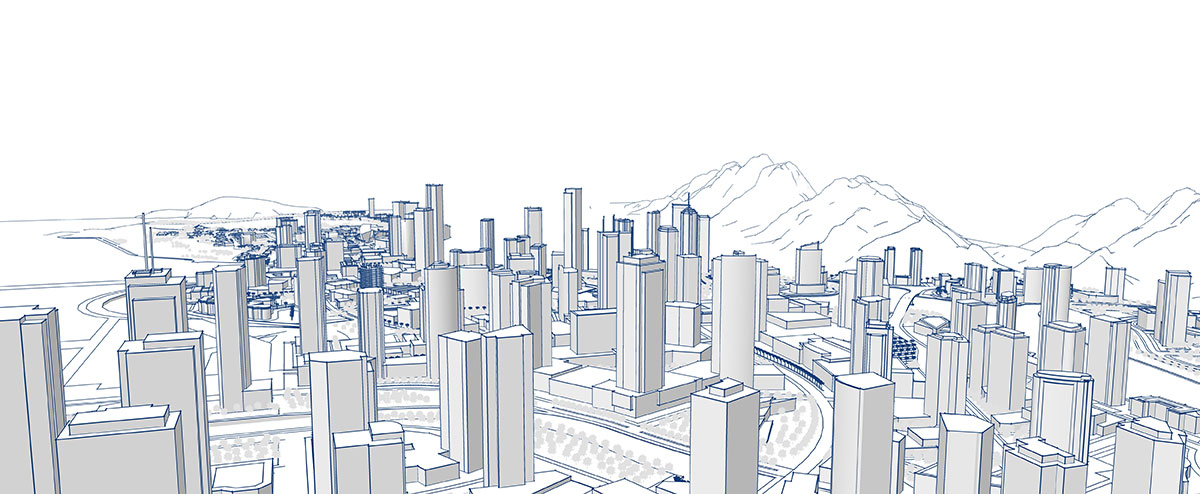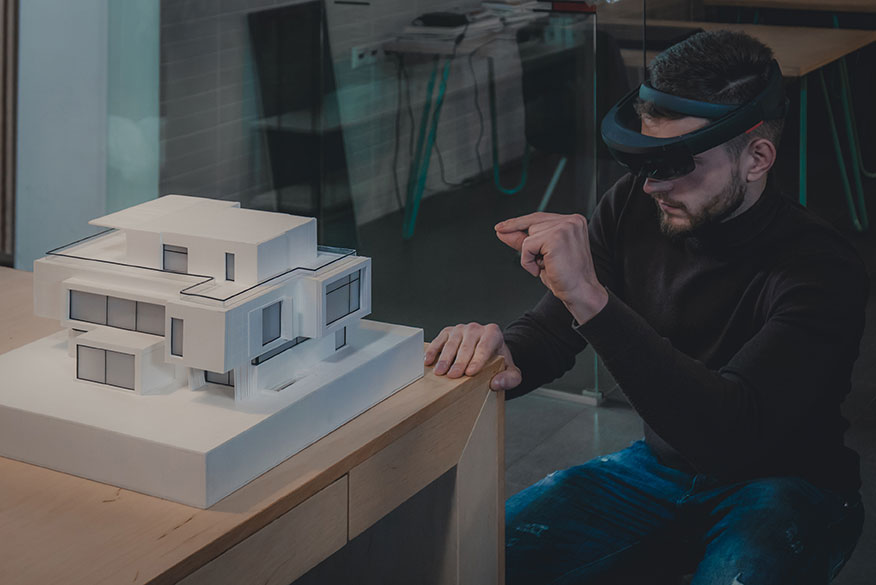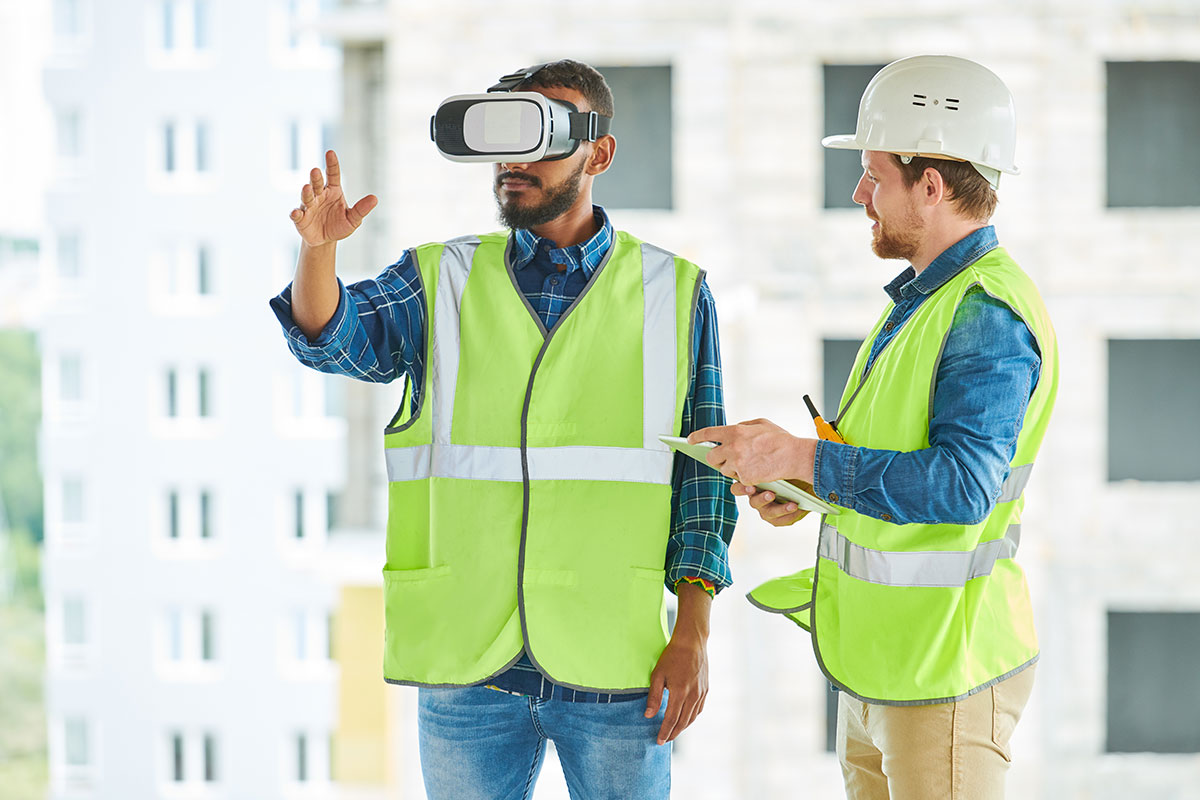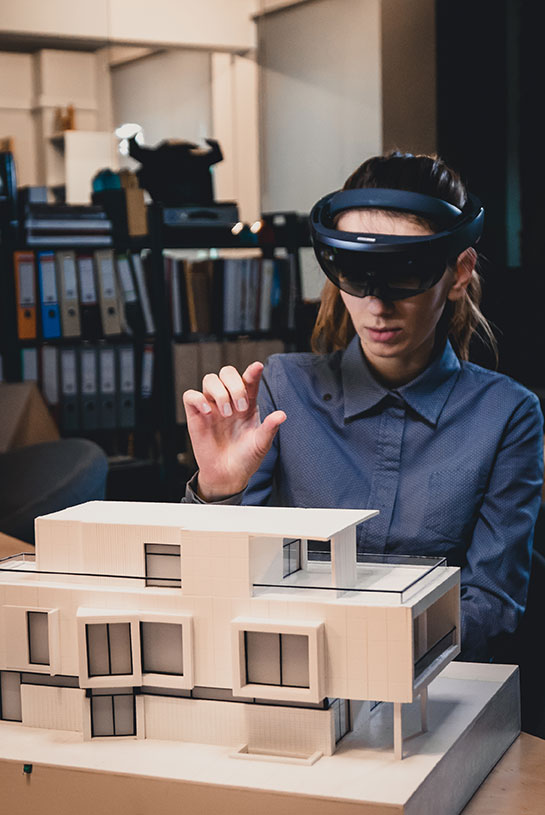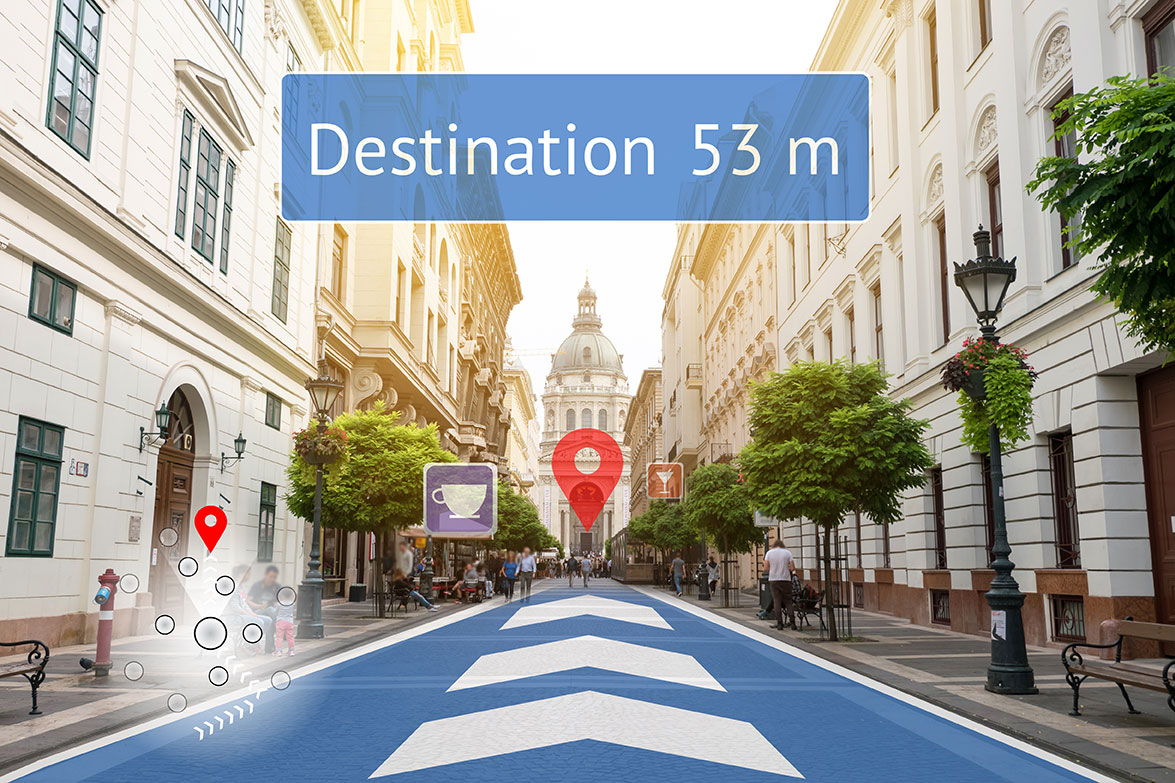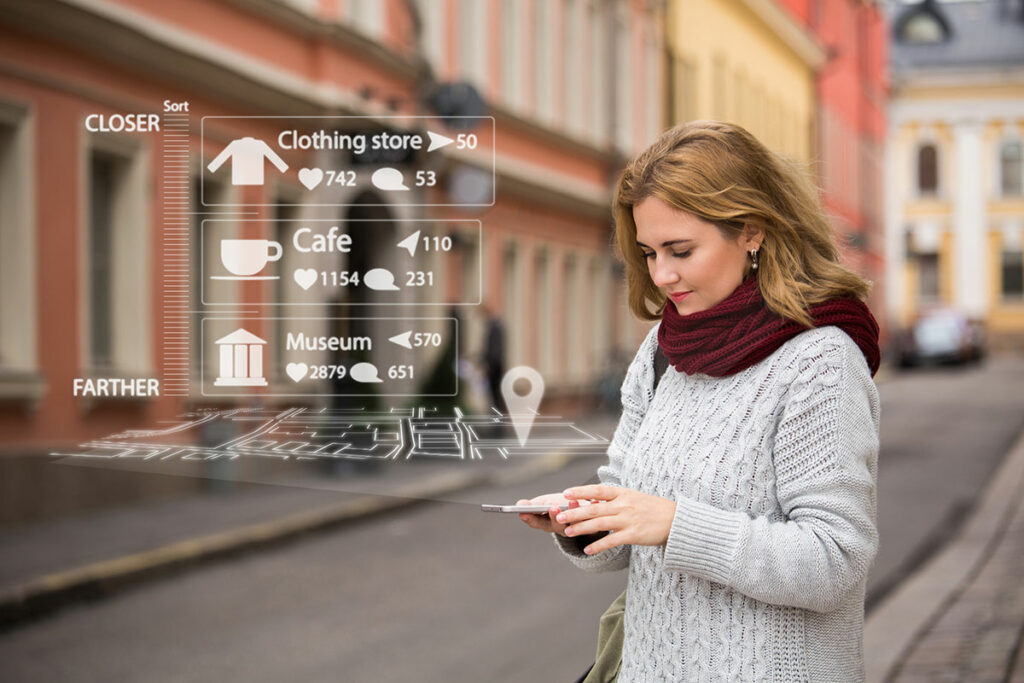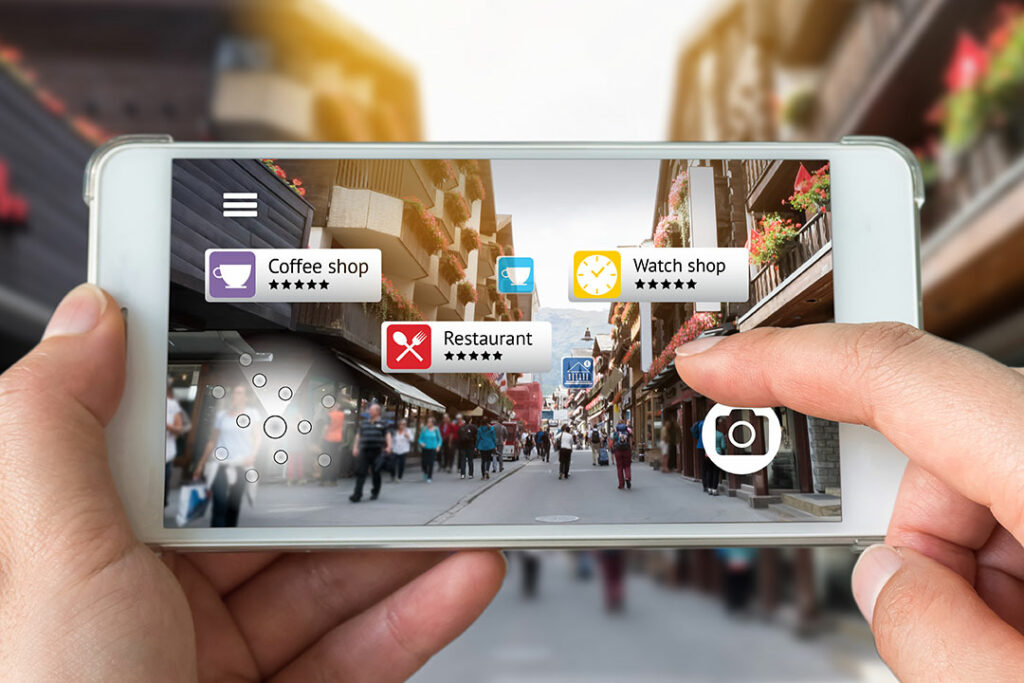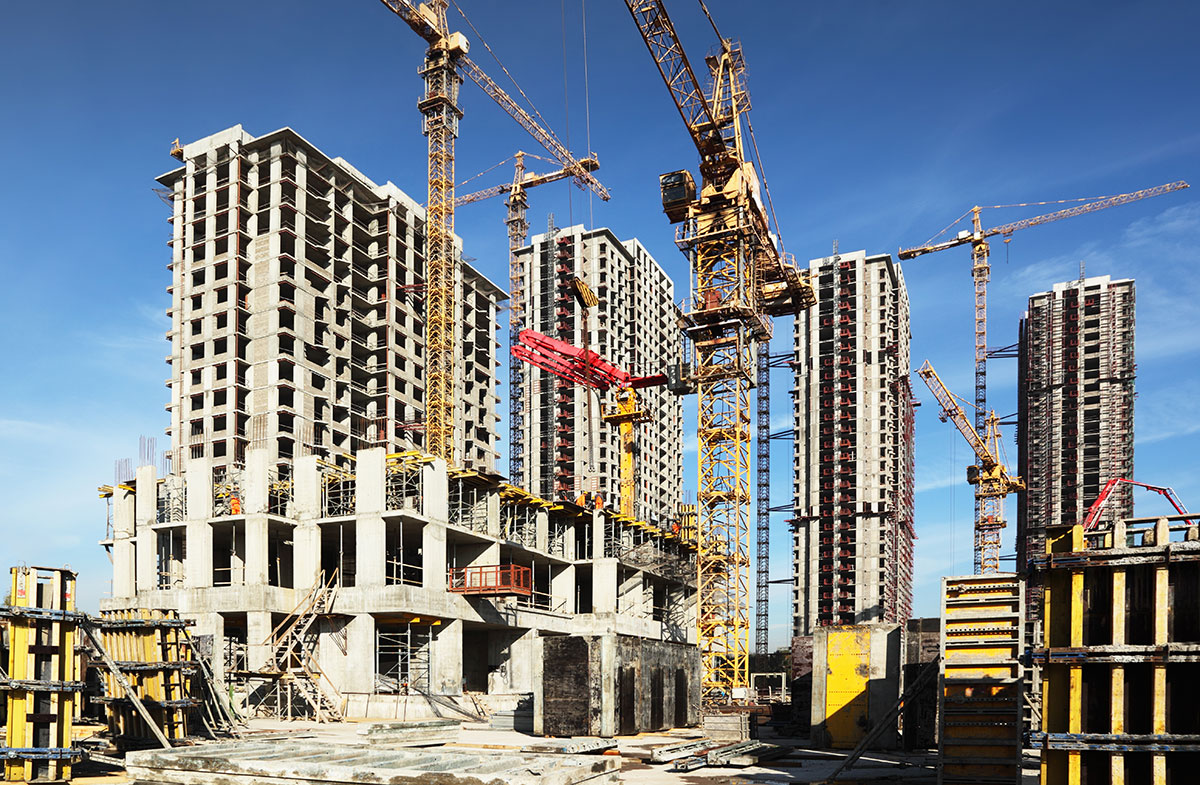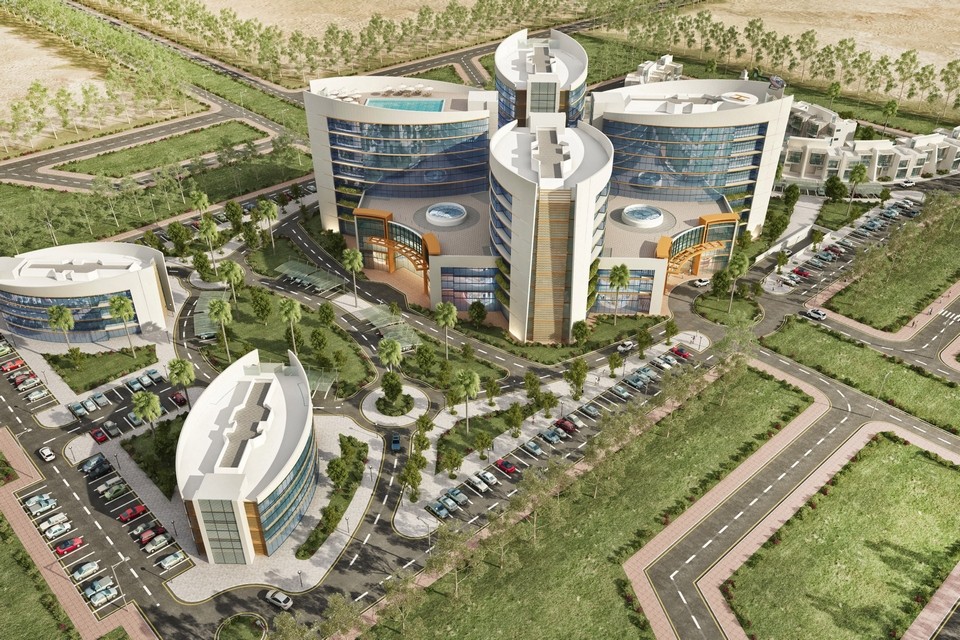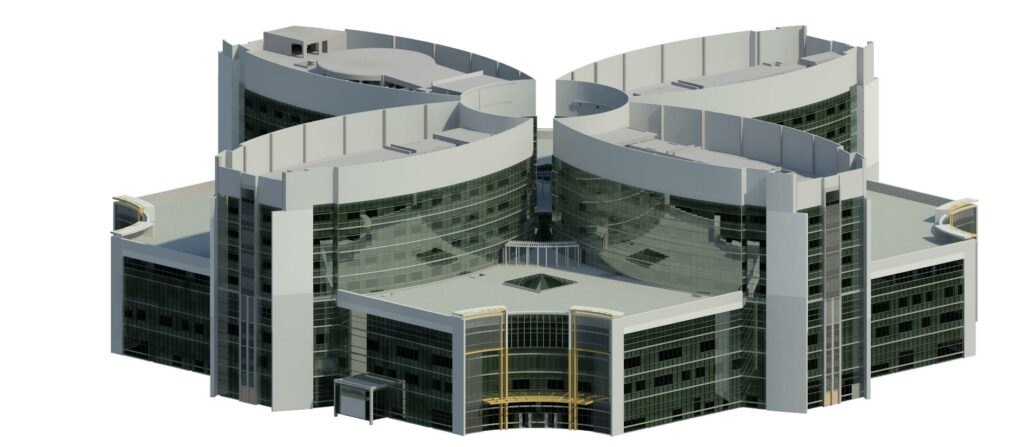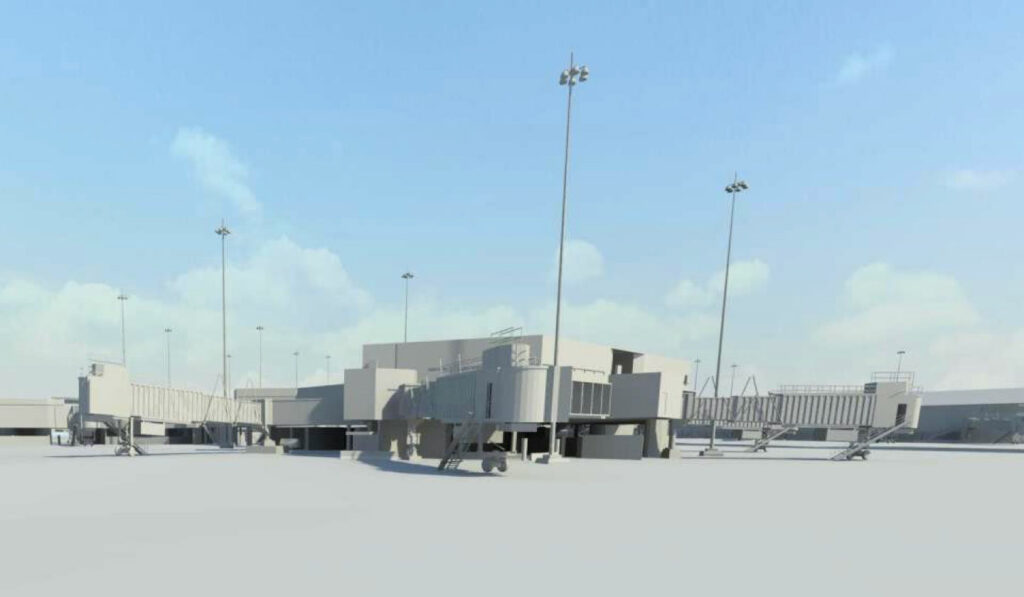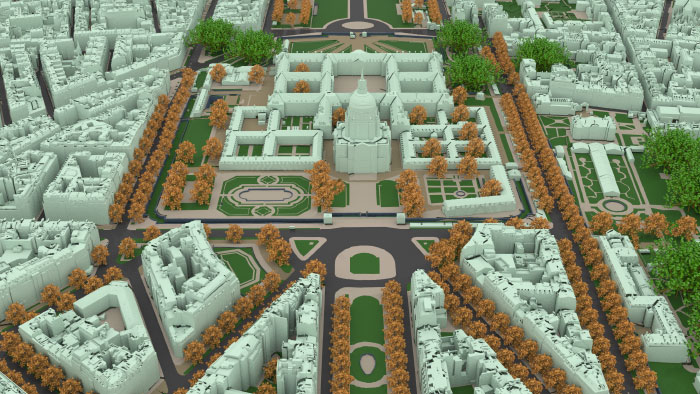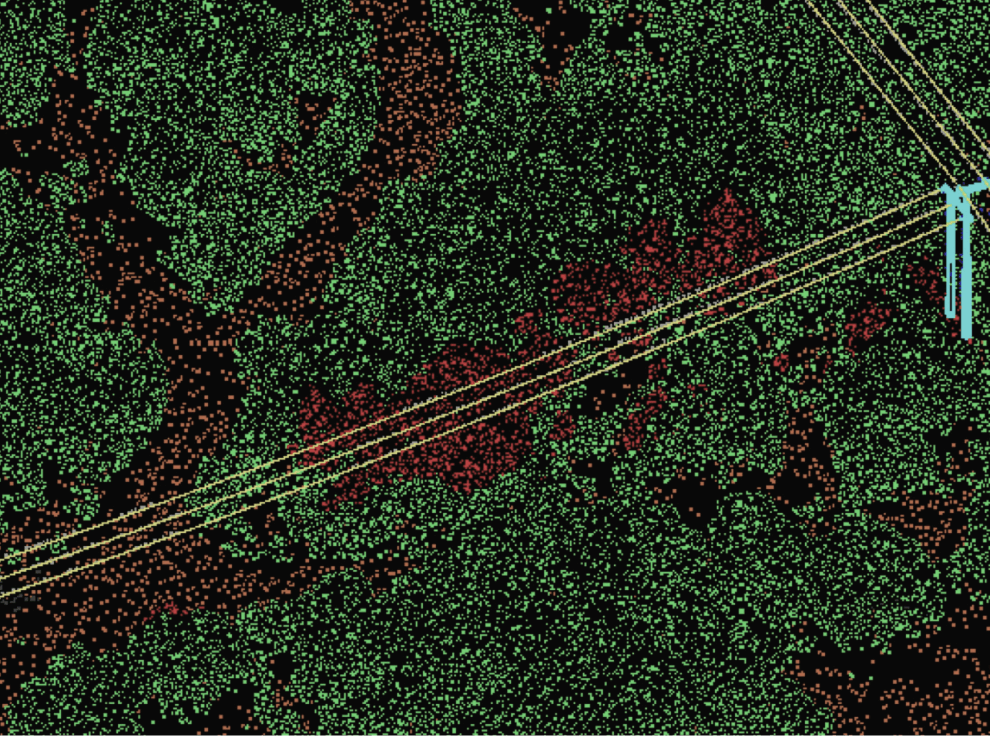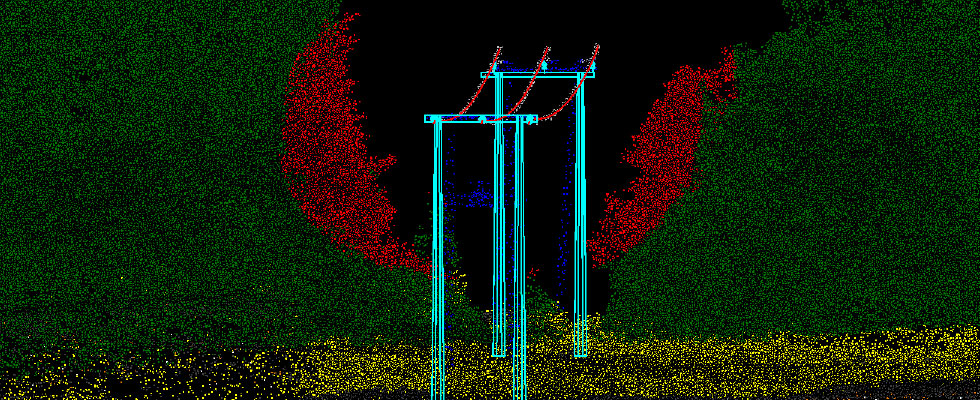Put simply, 3D BIM is the process of creating graphical and non-graphical information and sharing this information in a Common Data Environment (CDE). This information becomes richer in detail as the project lifecycle progresses.
What’s with 4D?
Now, let’s add an extra dimension of information to the project information model in the form of scheduling data and you have brought the fourth dimension to BIM. Adding this extra information enables the stakeholders to take more timely decisions, and ultimately build better buildings. From 3D to 4D, the dimension of ‘time’ is added to the information model. 4D explains how something will be over a period of time. When you break your 3D model down into pieces which will be built according to a certain schedule, you have brought in 4D to your construction project!
To give a definition of 4D BIM, “It refers to the 3D visualization model of a construction project including construction scheduling and sequencing.” By adding scheduling data of the project even before the construction begins, 4D BIM empowers the stakeholders to analyze events sequentially using project information and visualization. This early sequencing enables the stakeholders to assess the various possibilities and accordingly take actions to improve project planning and risk management. Visualization of the structure as it gets built leads to huge savings in terms of cost and time as fallacies can get pointed out early.
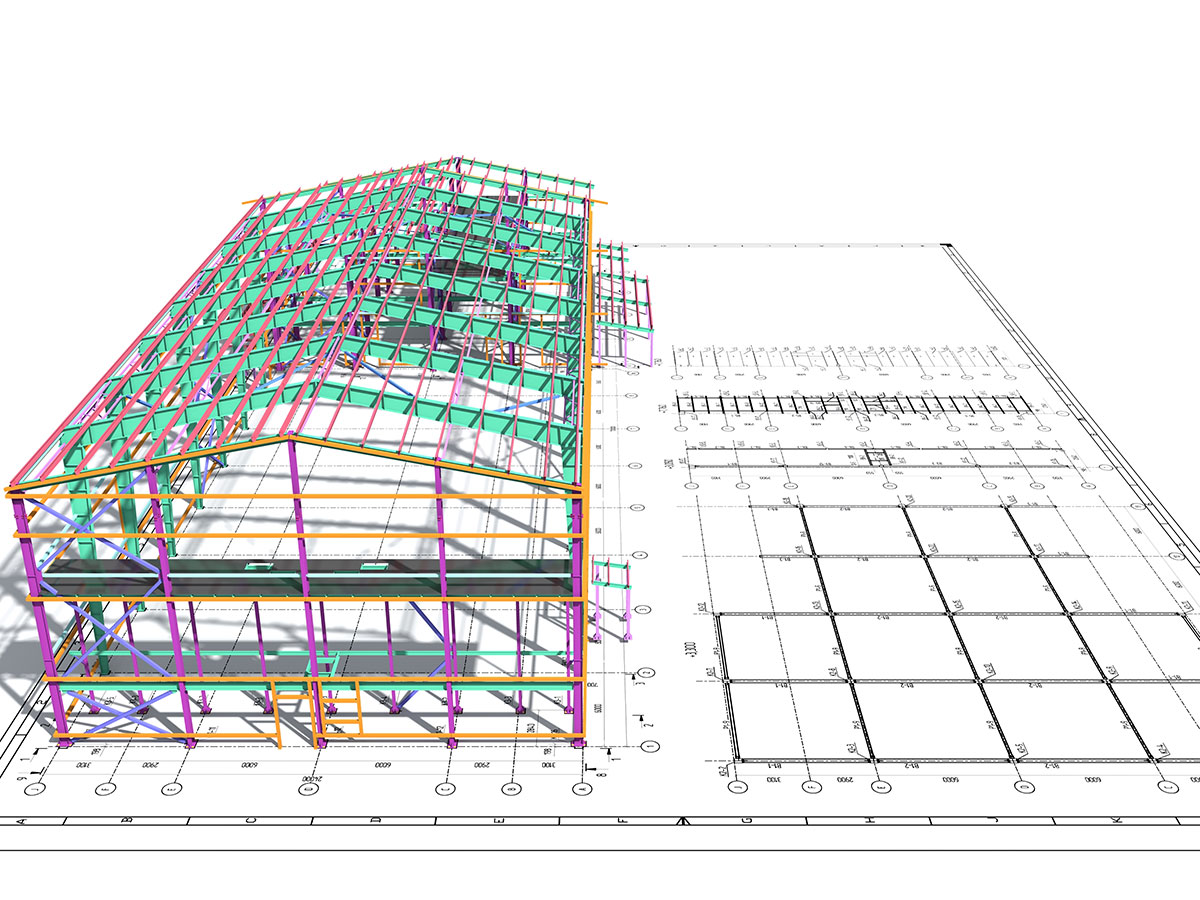
Enabling location-based scheduling
4D BIM offers better spatial insight than 2D and 3D. 4D BIM can help in maximizing the value of location-based scheduling. Location-based 4D BIM can help in enriching the planning and scheduling processes in a construction project. It also improves communications among stakeholders, resulting in better outcomes.
Managing a construction project is a daunting task. Thus, a single integrated model which clearly projects the ‘when’ and ‘where’ of each construction activity can largely help in determining the correct project delivery approach and execution. Location-based 4D BIM helps in achieving just that.
4D BIM with AI
4D BIM, when coupled with the capabilities of AI can help in achieving extraordinary outcomes in your construction project. Using 4D BIM with AI, stakeholders can visualize the project and experience the progress in real time. 4D BIM with AI leads to better collaboration, higher safety, more streamlined field operations and eventually more time-saving, cost-effective results.
In case of large construction projects such as airports, transit systems, bridges, and tunnels, it becomes a huge challenge to track the progress of each activity. While traditional methods of tracking include generation of a wide range of reports, which are susceptible to errors, 4D BIM AI-based video monitoring solutions can provide sequential animation of all activities. Needless to say, this method of presentation offers a better understanding of the progress. The visual comparison of what was planned against what is done on-site brings in more efficacies in the final outcomes.
Along with infusing more collaboration among team members, 4D BIM with real-time AI plays an instrumental role in reducing on-site risks and injuries. Moreover, since all construction site activities are recorded digitally, the risk of a data breach or misplaced paperwork is removed.
Also Read: Information in three dimensions is more trustworthy
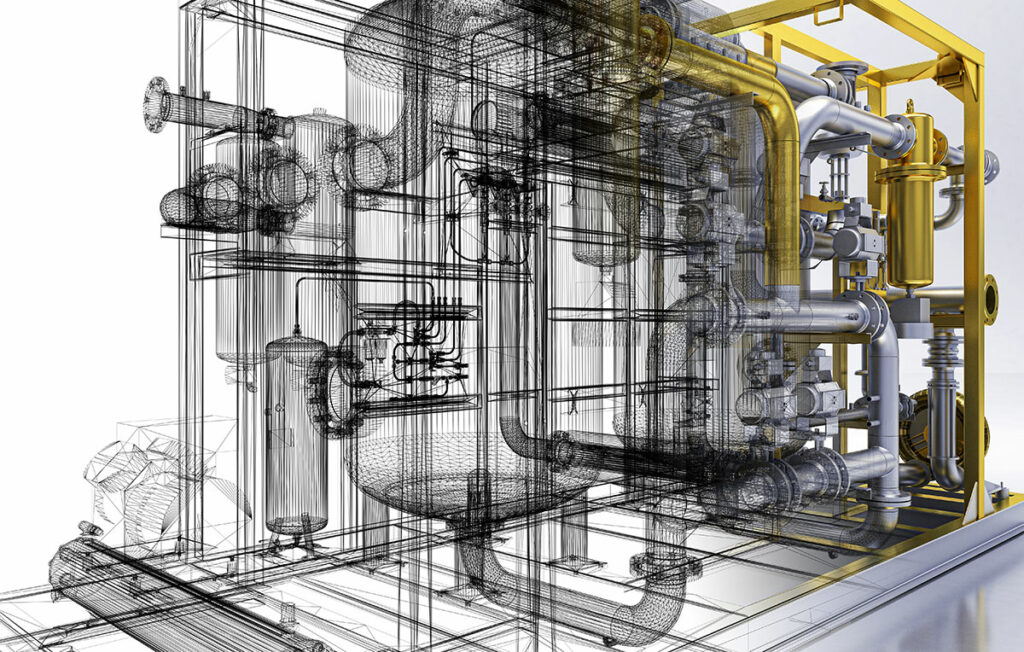
Conclusion
Managing a construction site is a challenging task. It is critical for project managers to have access to the most accurate, up-to-date information from the job site all the time. 4D BIM helps in gaining that information. By adding an extra dimension of scheduling data to the project information model, it enables project planners, architects and other stakeholders to obtain accurate information and visualizations about the project in real-time. It shows how the project is developing sequentially.
This information becomes very useful in identifying potential issues at an early stage. 4D BIM gives everyone clear visual understanding of every stage of the project, from what is planned to what the finished construction will look like. This clear understanding allows everyone to have better control over the project.
The world of construction is rapidly evolving and becoming more and more technology savvy. Moving ahead from reaping the benefits of accurate 3D models, it is fast adopting 4D BIM and higher levels. With adoption of 4D, 5D, 6D and 7D BIM in the construction projects, the stakeholders are gearing up to achieve improved site planning and scheduling optimization, seamless coordination among teams, enhanced preparedness at each stage of construction, a more collaborative environment focused on information sharing, reduced delays, and higher safety and efficiency in their construction projects.
A growth mindset is the need of the hour, and to help you in this digital transformation journey of yours we are keen to offer our expert help. Years of experience spread over diverse projects across the globe give us the confidence to be your best digital partner.
Also Read: Why do 3D Mapping?

